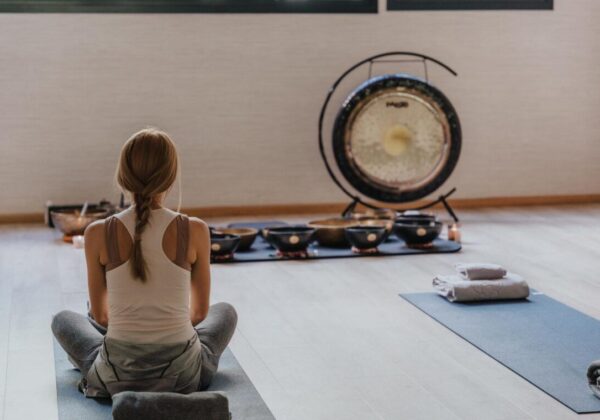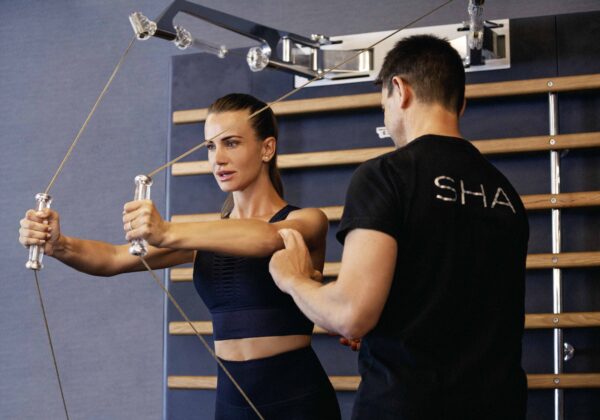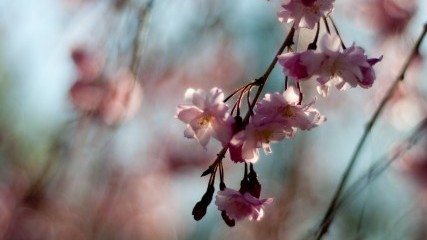
SHA Magazine Be SHA
Haru Matsuri: Spring festival
Haru Matsuri
Haru Matsuri literally means spring festival. The Japanese carry out a lot of activities and events, that traditionally were intended to pray for a new crop and to welcome the spring. With spring comes the blooming period, which for the Japanese means change, a new beginning.
Featured Events and activities
The Hanami
Hanami comes from the words Hana (Flower) and miru (see)- “See flowers”. During Hanami Japanese of all ages go to parts of the country where there are Sakura (cherry blossom). The main activity is the observation of the cherry trees.
During the Hanami, a big picnic is made under the cherry trees, friends and relatives gather to eat (in their traditional bento boxes) and drink, be it, sake, beer or refreshments, and in general to enjoy of a magic floral setting . Hanami is celebrated between late March and early April. This festivity is of such importance that the media keeps the Japanese informed on days and blooming areas
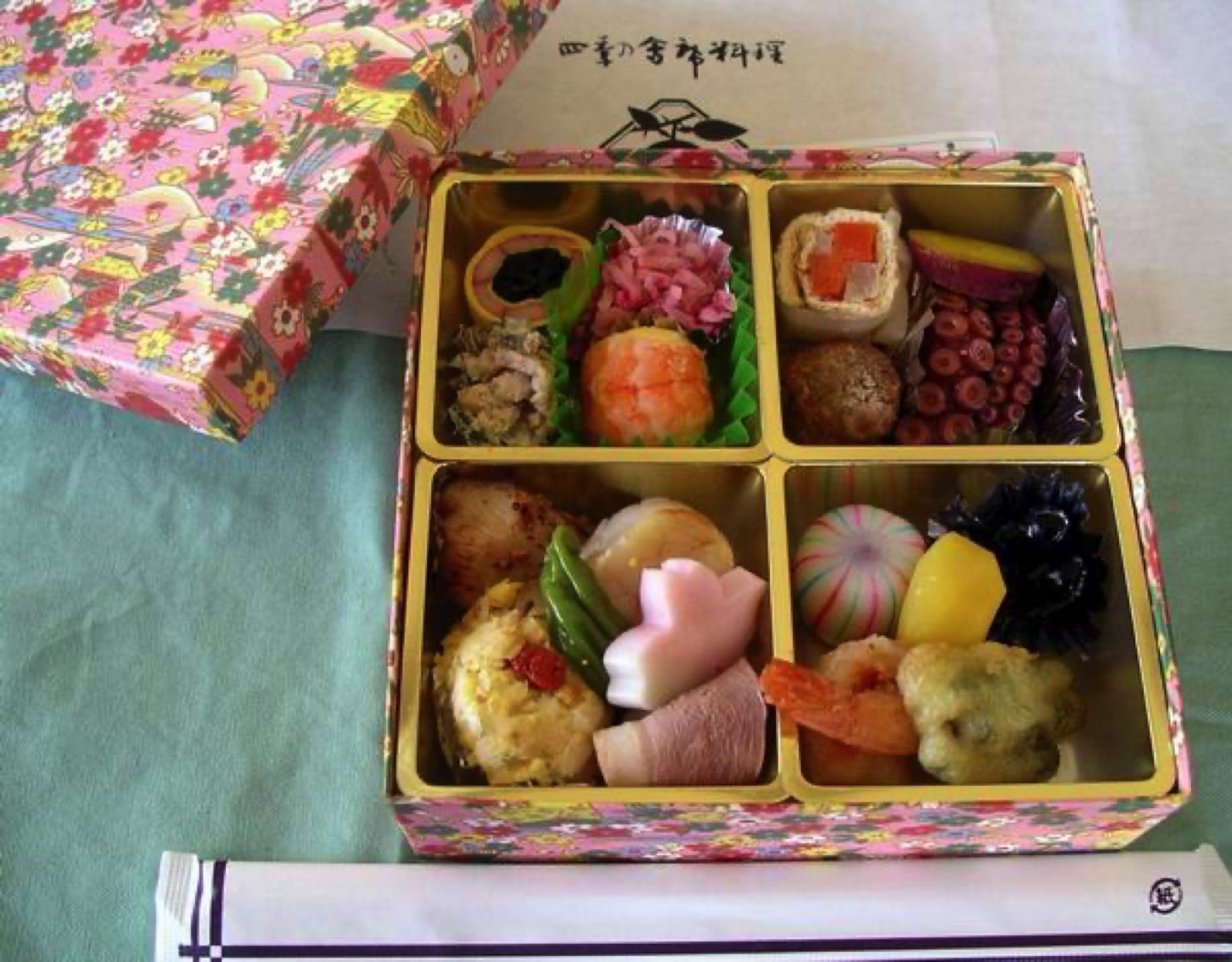
Hanami is original from the Nara period in order to entertain the royalty and aristocracy. Then in the Edo era, the samurais and the common people followed the tradition down to the present time.
The great festival of Nikko Toshogu Shrine.
With its climax being a spectacular procession of more than a thousand men dressed as samurai . The symbol of the city of Nikko are the 3 wise monkeys, due to the large number of monkeys that had been in the area; even today we can see monkeys approaching tourists for food. The three monkeys teach us to: hear no harm, speak no harm, and see no harm.
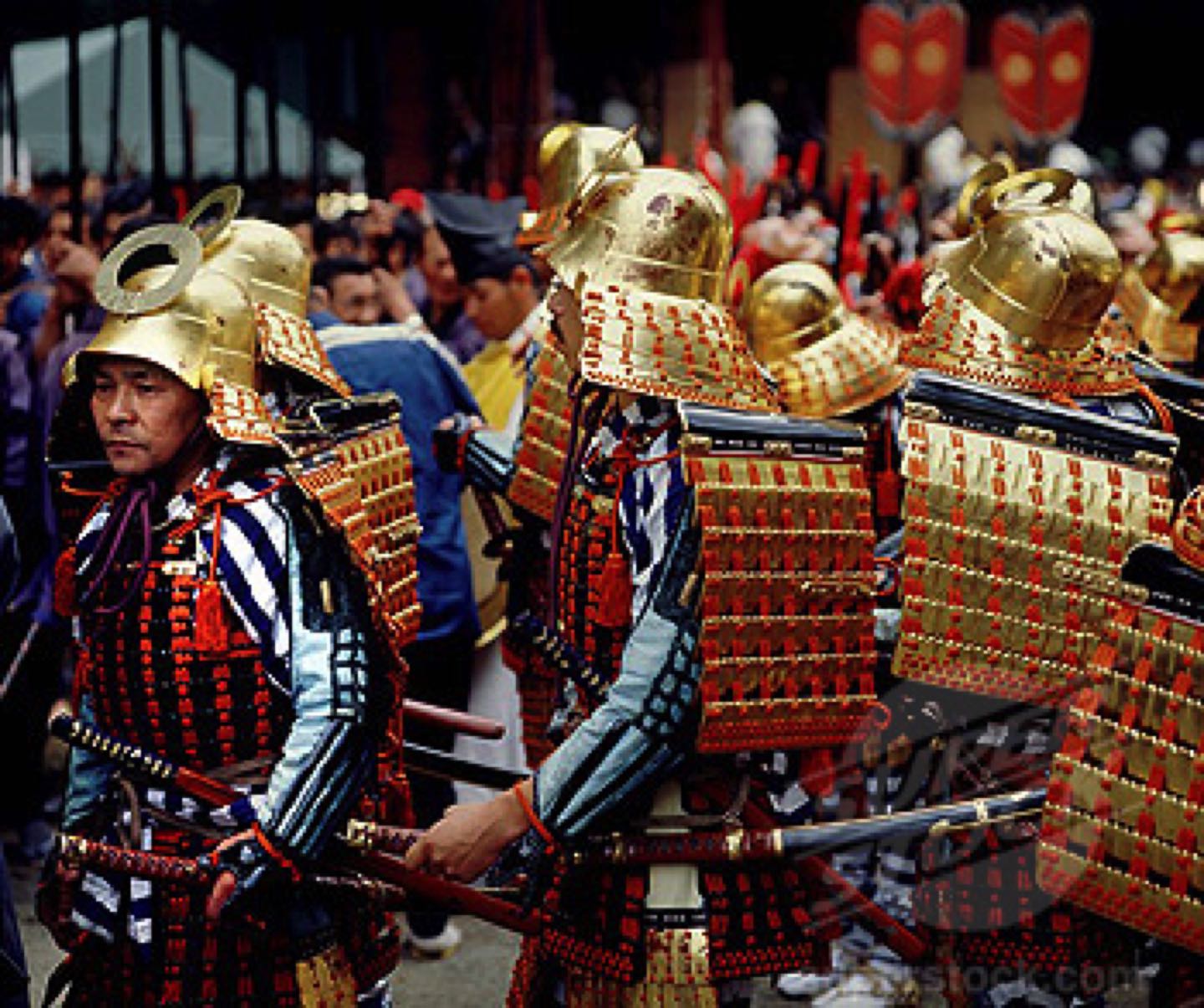
Suwa Onbashira Festival
Festival where 3.000 participants ride 3.300 kg trunks down hill and try to cross a river to a nearby village. It is a very dangerous festival in which the 5% of its participants are seriously injured, including broken spines. This tradition dates back to the year 800, and it attracts more than half a million viewers every 6 years.
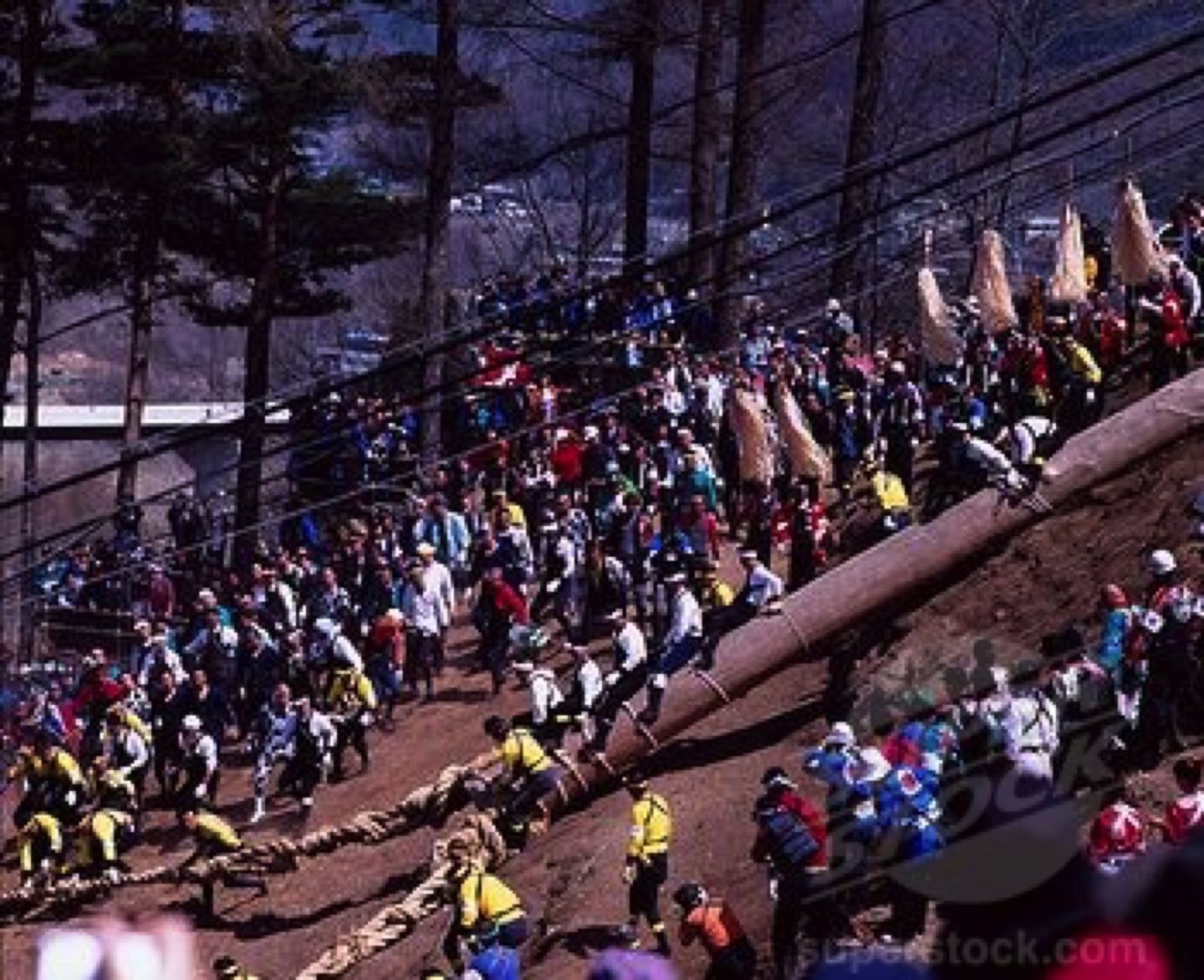
Related posts:


